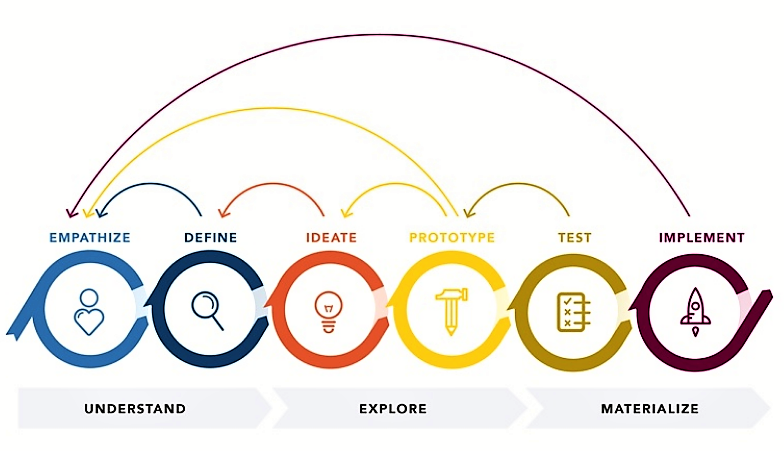

Service design is a new term, but not a new concept. It is also called cross-channel or multi-channel design by UX professionals. So, what is it?
It is the design of the complete experience a person has in dealing with 1 or more organisations to do something.
It’s best understood with an example: suppose that ‘something’ is renewing your car registration in NSW. This involves the following steps:
- If your car is more than 5 years old you need a mechanic to check it and issue a safety certificate
- You need to renew your CTP insurance (green slip) and prove that you’ve done so
- Provide proof of the above 2 points to the RTA, pay the RTA and display the new car registration sticker in your car window
It used to be that you had to organize all of these things separately yourself. Now-a-days the RTA sends an early reminder that your car registration is due. Your mechanic will provide an e-safety check directly to the RTA. For the insurance the RTA provides a comparison pricing capability via their website.
After you’ve purchased your insurance online, the insurance company automatically notifies the RTA. When both of those things are organised you can go online to the RTA website and finalise your car registration renewal. You then take the registration sticker from your renewal slip and put it in your car. So much simpler and less time consuming than queuing in the insurance office and the RTA office!
This is an example of good service design involving multiple channels. The RTA has taken a holistic view of the task from the customer’s point of view, taking into account the functions that must be fulfilled by other organisations in order to complete the task. (We should note that this isn’t one of our designs, although it could be).
Design of a service can also be on a smaller scale, for example looking at the service around one product.
Challenges of designing services
One of the largest obstacles to successfully designing (or re-designing) services is that the work usually involves many departments within the organisation. Organisations are often not set up to handle cross-departmental projects well. And projects involving many organisations and many departments within those organisations are even more challenging.
However, the benefits of good service design to customers and the organisations involved mean that it is worth persevering. You have to explicitly design for outstanding customer service experiences!
Optimal experience & service design
Having your customers’ and your business’ end goals in mind means you can think of all the details and design for the whole task. It involves really understanding your users and clearly understanding your business context in order to design the whole workflow.
Our service design service takes your organisation’s project team through an iterative design process. Particular emphasis is placed on your organisation’s touch points with the customer. We work with you to agree which UCD approaches are relevant to your project.
Benefits of designed services
The benefits of well designed services should be obvious:
- People value good experiences
- Usability alone is no longer enough
- In this social media world it’s easy for people to spread the word about good or bad customer service and to shop around to find better service experiences
Deliverables
Deliverables can include any UX deliverables such as: report documents, process workflows, storyboards, and prototypes for user interfaces. The agreed deliverables will depend upon your project and your budget.
Strategy & Consultation
Research & Analytics
Design & Evaluation


